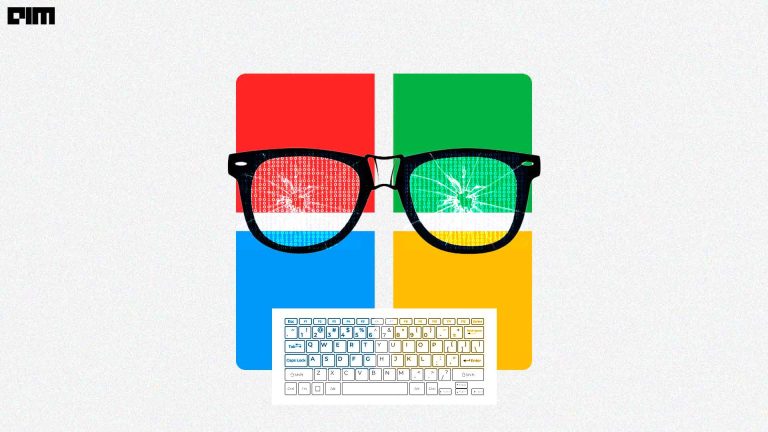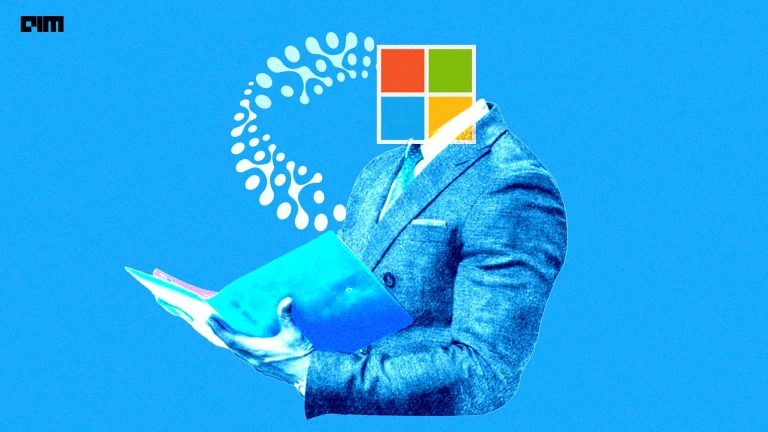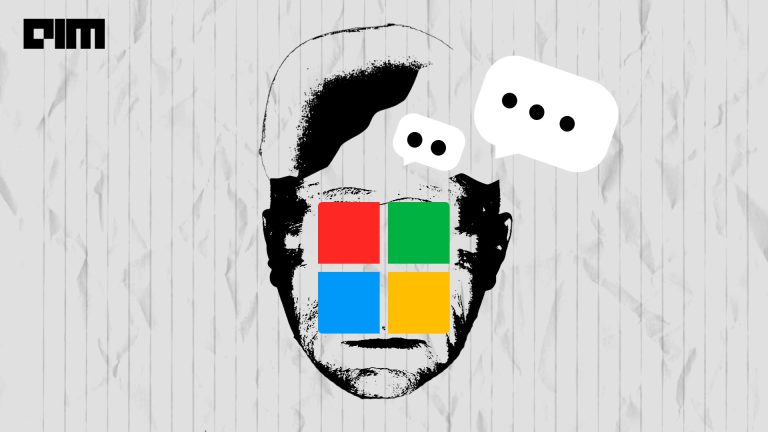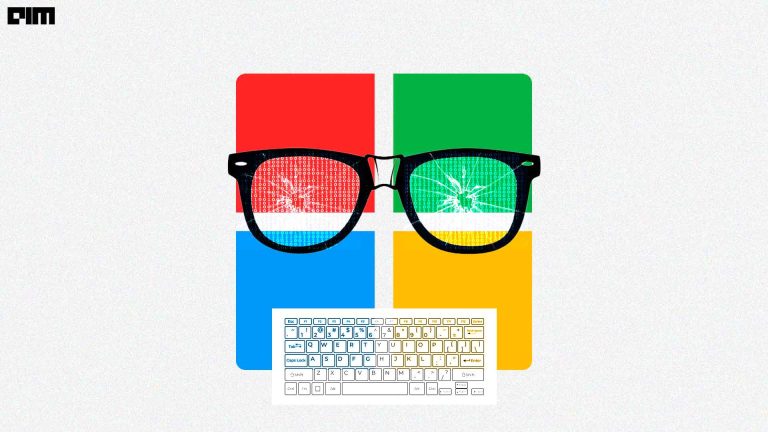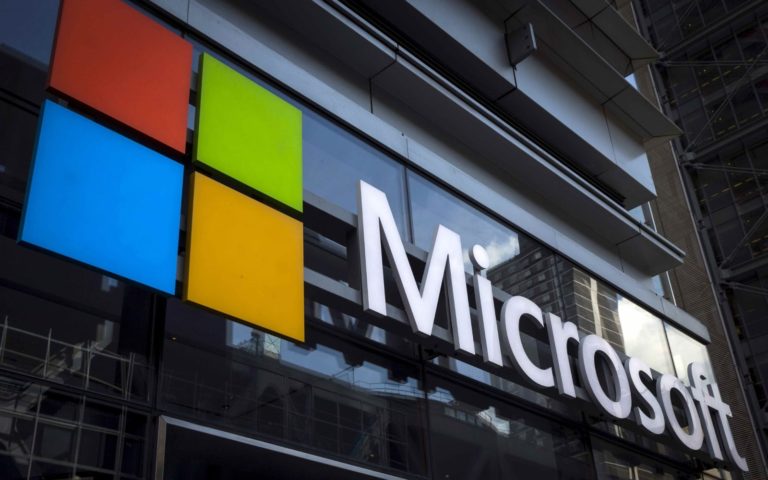Microsoft’s obsession with machine teaching has no end. The company has been actively spearheading machine teaching research and technology in computer vision and speech analysis in the last few years.
For those unaware, machine teaching is a technique that allows developers or subject matter experts (lawyers, accountants, engineers, nurses, etc.) with little AI expertise to provide abstract concepts to an intelligent system. The system seeks to gain knowledge from people rather than extracting knowledge from data alone.
Compared to the traditional approach of teaching machines – i.e., feeding the machine or a system with a lot of available data, machine teaching takes a different approach – it not only feeds the data but also lets them know where to look. Instead of extracting data and digging insights from it to train a model, people’s expertise could fuel growth in teaching machines.
For example, machine teaching is useful in supervised learning tasks when little or no labelled training data exists for ML algorithms because an industry or company’s needs are specific. Furthermore, in difficult and ambiguous reinforcement learning situations, machine teaching can dramatically reduce the time it takes an intelligence agent to find the solution.
Why Machine Teaching?
Nearly a decade ago, Microsoft researchers began exploring machine teaching principles. These concepts/ideas, over the years, have been working their way into products that are helping enterprises build everything from intelligent customer service bots to autonomous systems, etc.
Microsoft believes that machine teaching is at the heart of machine learning. It said that AI struggles and sometimes fails to learn things by itself, but when people start to guide the machine to learn and do things we already know, the outcomes will be significantly different. In a way, it also empowers people to make sophisticated use of AI.
“Taking this turnkey AI and having non-experts use it to do much more ‘complex tasks’ is really the ‘sweet spot’ for machine teaching,” said Gurdeep Pall, Microsoft corporate VP for Business AI.
For instance, if we are trying to teach a machine-learning algorithm to learn what a table is, we could seamlessly find a dataset with images of tables, chairs and lamps that have been meticulously labelled. Then, after exposing the algorithm to countless labelled examples, it learns to recognise a table’s characteristics.
On the other hand, if you had to teach a person how to recognise a table, you would probably start by explaining that it has four legs and a flat top. Then, if you saw the person also putting chairs in that category, you would explain that a chair has back support and a table doesn’t. “These abstractions & feedback loops are key to how humans learn, and they can also augment traditional approaches to machine learning,” said the Microsoft team.
Check out some of the demos like Smart Buildings, Machine Calibration, and Motion Control for a closer look at machine teaching.
Shaping Future Workforce
While Microsoft continues to master machine teaching, there is also a need for a training workforce with the necessary skills and tools to advance machine learning and AI. Microsoft has been proactively running various initiatives and launching courses/content/resources around digital technologies, including machine learning, AI, data science, software developments, etc., as a measure to help people develop future-ready skills.
Last year, it launched a global skill initiative to help 25 million people worldwide acquire digital skills in the pandemic economy. It combined existing and new resources from LinkedIn, GitHub, and Microsoft. It was done to identify in-demand jobs and the skills needed to fill the job; provide free access to learning paths and content to help people develop necessary skills; and low-cost certifications and free-job seeking tools to help people pursue new jobs.
In other words, a full-fledged solution, starting with data on jobs and skills from the LinkedIn Economic Graph, followed by providing free access to content in LinkedIn Learning, Microsoft Learn, and the GitHub Learning Lab, coupled with Microsoft Certifications and LinkedIn job-seeking tools.
Thanks to its $26.2 billion acquisition of LinkedIn in 2016 and $7.5 billion acquisition of GitHub three years ago, Microsoft has been reaping the benefits. Plus, teaming up with OpenAI to exclusively license the GPT-3 language model has been even more transformative and valuable for the company.
Learning Never Stops
Recently, Microsoft launched free machine learning for beginners to teach students the basics of machine learning. This was curated by Azure Cloud advocates and Microsoft student ambassador authors, contributors, and reviewers. They have put together the lesson plan that uses pre-and-post lesson quizzes, infographics, sketch notes, and assignments to help students adhere to machine learning skills.
It doesn’t just end here. Microsoft has also partnered with edX, an open online course provider created by Harvard and MIT, to curate free online courses in cloud services, mobile development, and data sciences. The courses are ideal for students and working professionals, where it teaches how to build applications, services, and experiences on the Microsoft platform.
Besides this, the tech giant also owns a free online platform called Microsoft Learn that provides interactive learning for Microsoft products and more. With this platform, the company looks to help students and working professionals garner skills with fun, guided, hands-on, interactive content specific to their roles and goals.
Final Thought
Microsoft is not just pioneering machine teaching; it is also helping students, budding developers, subject matter experts, etc., to adapt to the changing technology landscape by offering a plethora of resources across the spectrum, including intelligence, system, theory and other sciences, alongside shaping a future-ready workforce.







